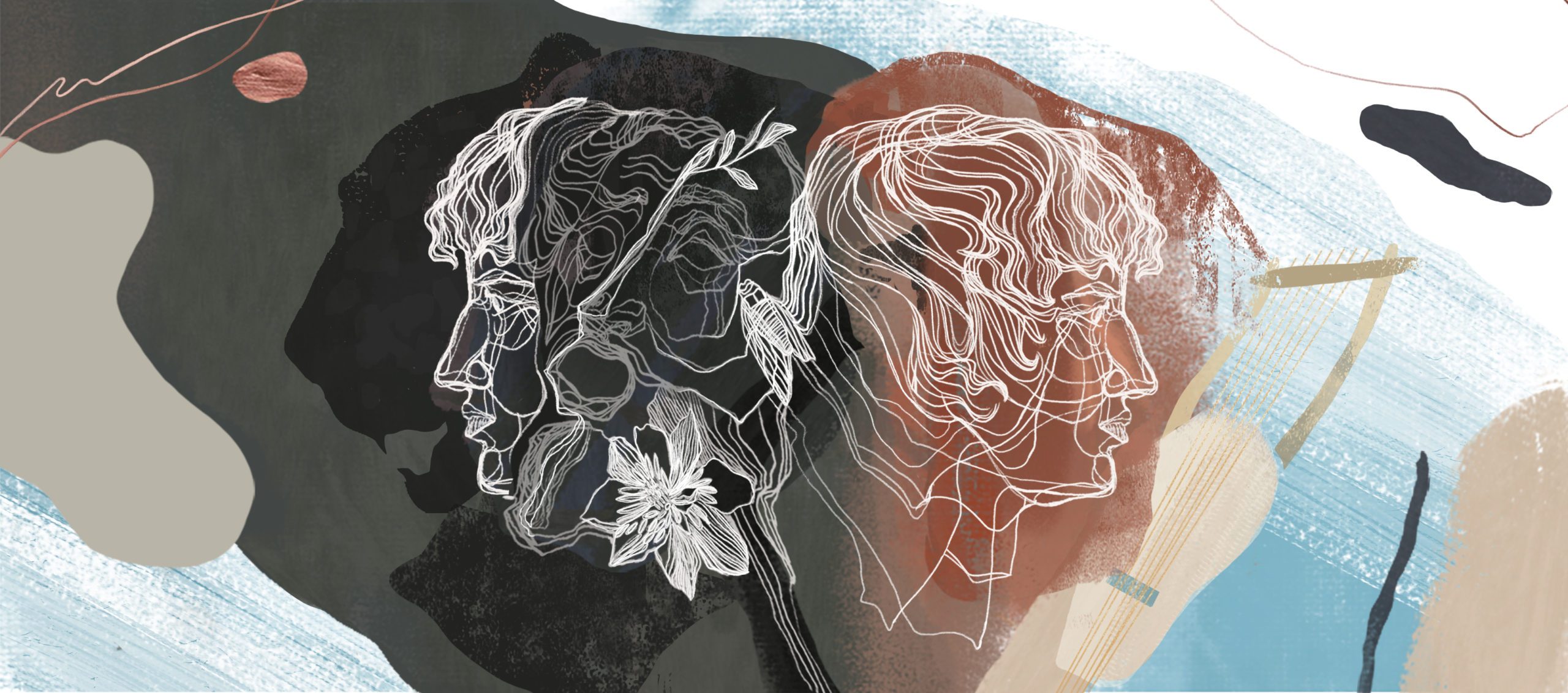(N.B. This entry follows from the previous one, titled: “An Existentialist Approach to Extra-Modern War”) Pierre Clastres states that “primitive societies […] invest themselves totally in their religious and ritual life, which unfolds as a continuously repeated affirmation of the communal Self,” and hence that “[e]ach ceremony is a new opportunity to remember that if…
Category: Otherness
“We Fight Because We Die” (II): An Existentialist Approach to Extra-Modern War
(N.B. This entry complements the previous one, titled “We Fight Because We Die” (I): On Extra-Modern War as a Question of Social Logic.”) We die. It can hardly be minimised. Thus the common ancient-Greek terms for men: θνητοί, “mortals.” During the opening seconds of Robert Gardner’s beautiful ethnographic film, Dead Birds (1964), the camera follows…
“We Fight Because We Die” (I): On Extra-Modern War as a Question of Social Logic
In Chapter 11 of Archeology of Violence, subtitled “War in Primitive Societies” – the term “primitive” has different connotations in French than it has in English: it means something like “original” or “primordial” in the Rousseauian sense, which is overtly non-evolutionist – Pierre Clastres begins by tracing a sharp contrast between two phenomena, namely, the…
Cannibalism as a Total Social Fact
1 “The power to change form – power over the image – can be seen as the ultimate realisable power in a society dominated by consensual (visual) image,” writes Roy Wagner.(⊛) By “consensual (visual) image” Wagner means what is commonly (and poorly) known as “tradition.” Take, for example, any extra-modern ritual: on the day in…
An Eternally-Recurrent Déjà-Vu (travelling to St. Petersburg)
In The Aleph Borges distinguishes two types of labyrinth: (1) the palace with its madly intertwining corridors and (2) the desert with its not-less disquieting, confusing boundless-ness. But he makes such distinction only to add a third and even-more-perplexing type: (3) the endless book whose first page is mysteriously renewed each time the book itself…
Meaning: From Plato to Kant, Merleau-Ponty, and Wittgenstein
Consider the following image: The figures in it represent what language says, i.e. such or such words (“bird,” “snowflake,” “tree,” “mountain”),(⊗) whereas the ground (the white space inside the square) stands for the dimension that makes meaningful what language says. By the “dimension that makes meaningful what language says” we do not mean a word’s…
Other (Non-)Life(?)
Objects(*) are the product of multiple relations – or, rather, their crystalizations. They form at the intersection of relational nodes. Where things touch each other and get enmeshed, new objects appear. As Jeffrey Cohen writes, “medieval writers […] described thunderstones that drop with fire from the sky, rocks that emerge through the subterranean lovemaking of…
Anthropology as Heterology
It was Herder (1744–1803) who coined the term Volkskunde (pl. Völkerskunde), which may be translated as the “knowledge” of the “popular traditions” and “cultural practices” of a given “nation” or “people.” But it was not until 1839 and 1843 that the first learned ethnological societies were established in Paris and London, respectively. The Ethnological Society…
The Other(s) – In Homage to Borges
I saw all the mirrors on earth and none of them reflected me… – Borges We have already mentioned in a different context a passage in Jean Oury’s Création et schizophrénie in which, inquired by the therapist, a schizophrenic patient evinces her lack of self-recognition: upon looking at herself on a mirror, she sees no…
Turning Physics into Semantics: On Extra-Modern Magic
The real question is not whether the touch of a woodpecker’s beak does in fact cure toothache. It is rather whether there is a point of view from which a woodpecker’s beak and a man’s tooth can be seen as “going together” (the use of this congruity for therapeutic purposes being only one of its…
